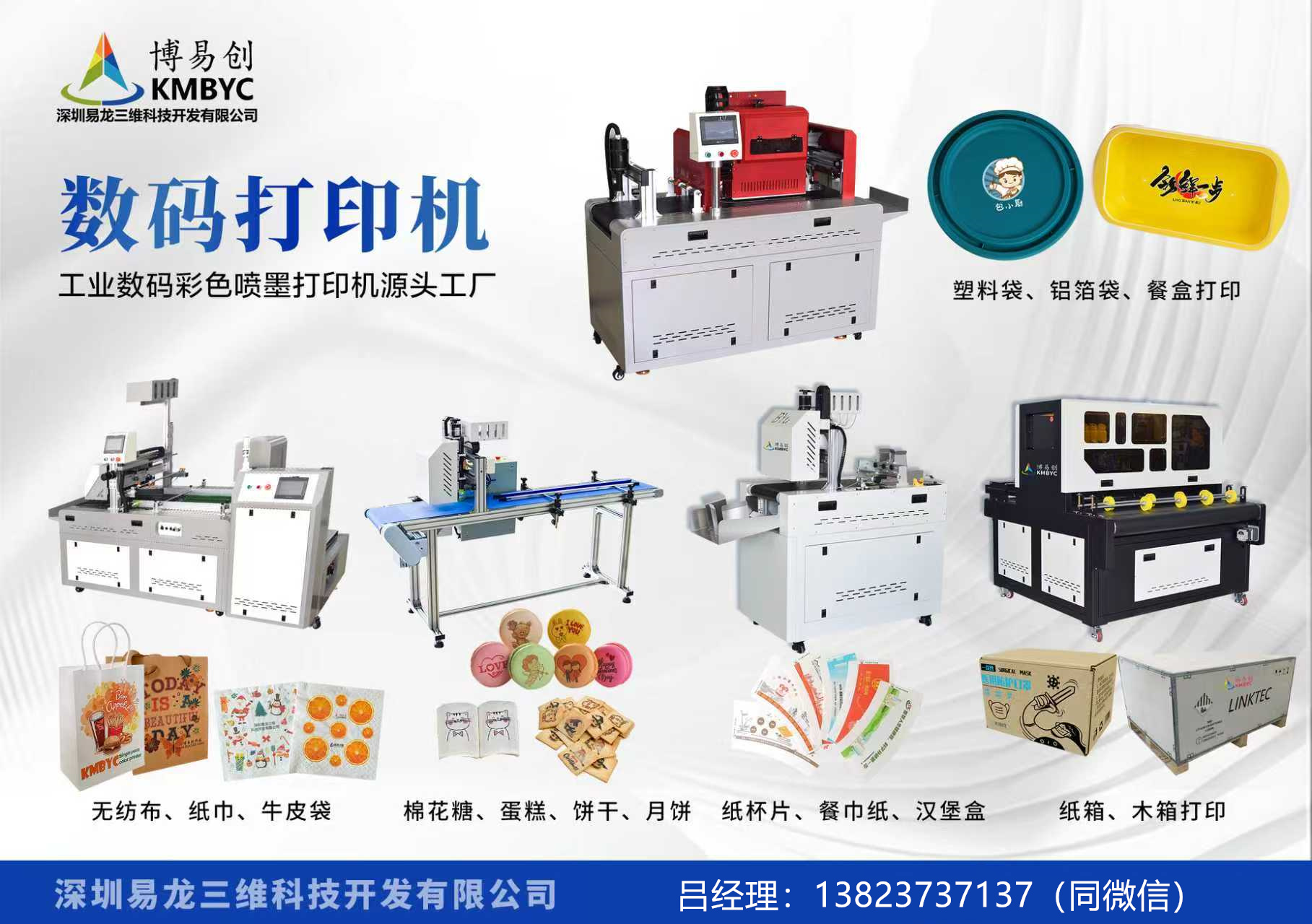
The Dawn of Creation: How the Handheld UV Flatbed Printer is Revolutionizing the Artistic Printing Industry
Introduction: Inking the Future, One Stroke at a Time
Imagine an artist no longer bound by the confines of a traditional print studio. Picture them bringing vibrant, large-scale designs directly onto unconventional surfaces – weathered wood, textured fabric, even unique architectural facades – with a tool that’s as precise as it is portable. This isn’t the stuff of science fiction; it’s the burgeoning reality fueled by the powerful combination of Handheld UV Flatbed Printer, the innovative spirit within 連云港 (Liangonggang), and the global creative community demanding new avenues of self-expression.
For decades, the printing industry has followed a relatively predictable trajectory: chemical baths, massive presses, layers of cyan, magenta, yellow, and black meticulously applied. But like the Renaissance artist armed with a new medium,創(chuàng)作者們(now creators/brewers) are ushering in a new epoch. The hand-held UV flatbed printer is not merely an incremental step; it represents a paradigm shift, democratizing sophisticated printing technology and unfolding a universe of creative possibilities before us.
While the core technology leverages well-established UV curable inkjet principles – precisely ejecting microscopic droplets of photopolymer ink onto a substrate, cured instantly by ultraviolet light – its modular, portable nature is the game-changer. Forget immobilizing large objects being brought to the machine; now, the machine can move to the material. This is where the spirit of innovation perhaps found its most potent expression not just in a single city, like 連云港, but wherever passion for print meets technological advancement. We see the fruits of this innovation detailed and refined by diligent practitioners who contribute critically to the refinement and application of these machines. Their expertise transforms the technology into a versatile master tool.
The Genesis of a Master Tool: Decoding the Handheld UV Flatbed Printer
At its heart, a Handheld UV Flatbed Printer is designed around three fundamental components:
1. The Moving Platform: Unlike traditional flatbeds where the print head moves rhythmically along fixed rails (primarily for industrial/office use needing high-volume, flat-part printing), a reference Printer Flatbed for a handheld unit suggests extreme mobility. Forget large, unwieldy gantries; the flatbed surface is minute, perhaps only a fraction of the size needed for standard massive prints. Instead of the print bed moving, the inkjet printhead – a marvel of precision engineering containing dozens or even hundreds of micro-nozzles that heat or electronically control rapid ink droplet ejection – is mounted on a swing arm or articulating boom. Alternatively, a minimalist rolling cart could house both the print head assembly and the carriage for the substrate. This arm moves the print head relative to the object being printed, following its contours and ensuring complete coverage. It’s not just a printer modification; it represents a reimagining of the entire workflow for intricate, complex projects. This unique mobility allows the printed large format images to seamlessly integrate into curved, sculpted, or irregular spaces.
2. The Ultraviolet Curing System: The moment the ink is deposited – a cocktail of photoinitiators, monomers, oligomers, pigments designed to react swiftly under UV light – it doesn’t dry naturally (nor do un cured inks typically stick well to diverse substrates). The flatbed Printer relies on an integrated UV light source. LEDs are often preferred due to their energy efficiency, long lifespan, and ability to deliver the specific wavelength spectrum needed for effective curing without overheating. Some models might still utilize older Hg lamps, delivering higher initial UV intensity but with more significant heat output and shorter lamp life. Imagine the transformative power of such technology: A piece of ornate, three-dimensional sculpture – perhaps a ceramic head, a fiberglass curve – can be presented, placed under a carefully guided UV light component, and have intricate, detailed patterns appear directly on its surfaces, patterns that would be impossible to achieve through screen printing or traditional inkjet transfer methods.
3. The Control Handheld: True to its name, this isn’t a desktop-bound operation. The 打印一體機(jī)價(jià)格 (printer integrated machine price) is irrelevant here; what matters is the sheer portability. Controls could be compact electronic modules affixed directly to the swinging armframe. Or, increasingly likely, wireless connectivity sends data wirelessly from a control unit (perhaps even an app on a tablet or smartphone) to the printhead, allowing the operator to guide the movement visually while actively monitoring parameters like light intensity and ink flow. It requires an operator who can blend dexterity with technical understanding, an artisan becoming their own sophisticated printing engineer.
The Technological Tapestry: How the Handheld UV Flatbed Printer Expands Creative Horizons
The sheer versatility of the 連云港手uv平板打印機(jī)打印機(jī) (Liangonggang handheld UV flatbed printer) cannot be overstated. Let’s delve into


